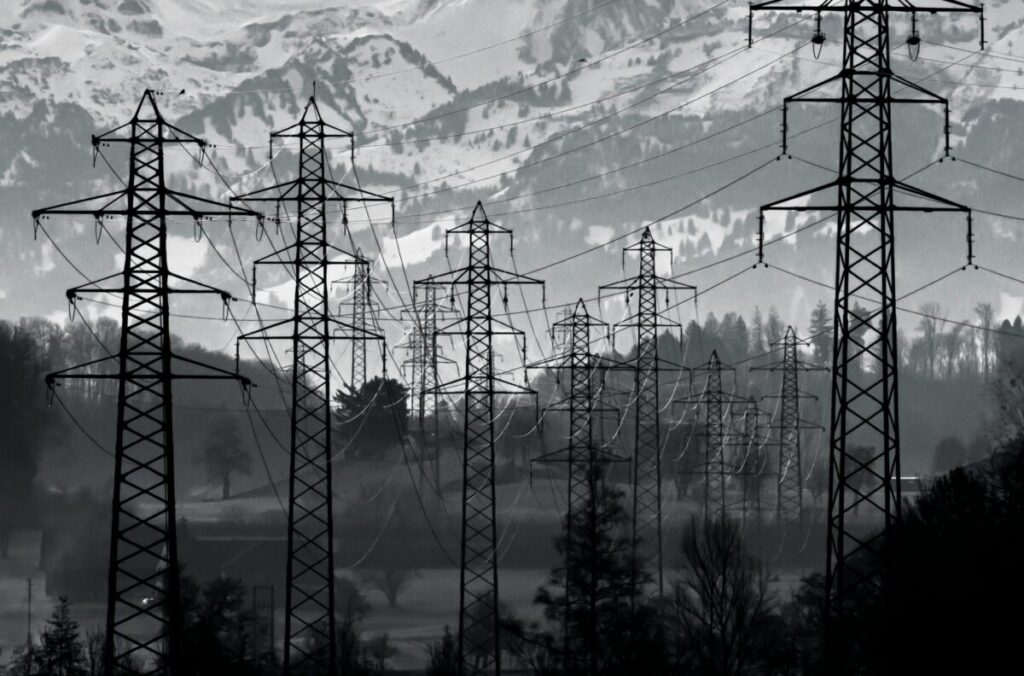Researchers from ETH Zurich have patented a grid-forming inverter algorithm that stabilizes the frequency, while devices are protected against damage caused by independent frequency, voltage and power.
A Swiss Research Institute Eth Zurich has set up a new algorithm for operating inverters in a scheduling mode.
The patented algorithm works the inverter as a voltage source, which is crucial when short circuits and voltage drops complicated grid processing.
Traditionally, power plants that use steam turbines to float and retain and retain a grid frequency of steam turbines to steam turbines to generate nuclear, coal-fired and gas-fired factories. Because such plants are phased out, the schedule requires new business modes for inverters in PV systems, battery storage and wind turbines.
These inverters must function as voltage sources or clock generators. However, that behavior is difficult to implement, especially during errors. In the case of a sudden decrease in voltage in the grid, inputs – unless correctly checked – try to retain the output by feeding more power in the system, causing their electronics to damage the risk. To prevent this, they usually close during errors.
With this in mind, a team under the leadership of Florian Dörfler, professor of complex operating systems in ETH Zurich, developed an algorithm that stabilizes the frequency without damaging the device. Maitraya Desai, the doctoral student of Dörfler, identified that schedule voltage and alternating power frequency should be independently checked during errors.
The proposed control algorithm follows this principle, so that the frequency remains stable under all circumstances. It limits the current and lets voltage fluctuate freely.
The team tested the algorithm in computer simulations. Because it is implemented as software, they also successfully validated it in a laboratory test system without needing a new test environment.
Subsequently, Dörfler and his team are planning to collaborate with companies to implement and integrate the control algorithm in Real-World applications into new software products.
This content is protected by copyright and may not be reused. If you want to work with us and reuse part of our content, please contact: editors@pv-magazine.com.

